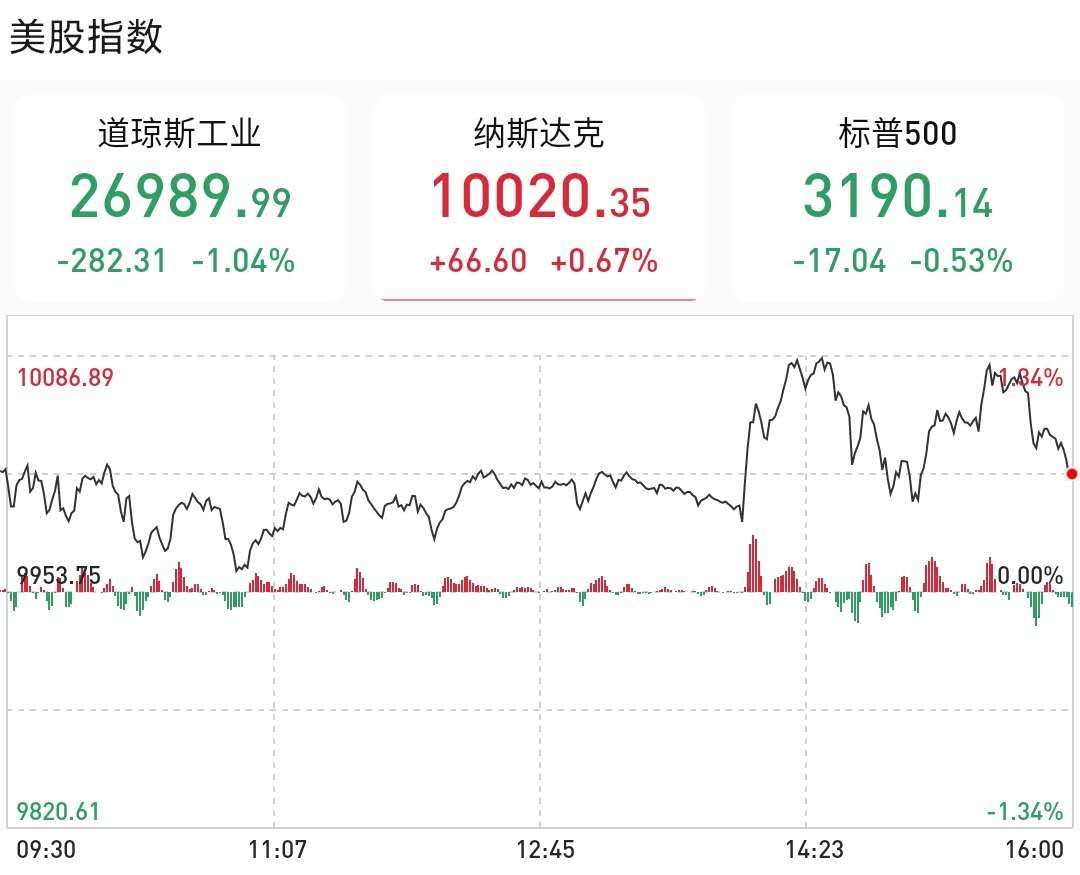дёҖгҖҒйҖҡзҹҘй“ҫз®Җд»ӢдёҫдёӘеҪўиұЎзҡ„дҫӢеӯҗпјҡе°ҶйҖҡзҹҘй“ҫжҜ”е–»жҲҗ”и®ўйҳ…иҖ…-еҸ‘еёғиҖ…“пјҢи®ўйҳ…иҖ…е°Ҷж„ҹе…ҙи¶Јзҡ„е…¬дј—еҸ·е…іжіЁе№¶и®ҫзҪ®жҸҗйҶ’пјҢеҸ‘еёғиҖ…дёҖж—ҰеҸ‘еёғжҹҗдёӘж–Үз« пјҢи®ўйҳ…иҖ…еҚіеҸҜ收еҲ°йҖҡзҹҘзңӢеҲ°еҸ‘еёғзҡ„еҶ…е®№ гҖӮ
еңЁlinuxеҶ…ж ёдёӯдёәдәҶеҸҠж—¶е“Қеә”жҹҗдәӣеҲ°жқҘзҡ„дәӢ件пјҢйҮҮеҸ–дәҶйҖҡзҹҘй“ҫжңәеҲ¶ гҖӮиҜҘжңәеҲ¶зҡ„дёӨдёӘи§’иүІзҡ„д»»еҠЎпјҡ
1гҖҒйҖҡзҹҘиҖ…е®ҡд№үйҖҡзҹҘй“ҫ
2гҖҒиў«йҖҡзҹҘиҖ…еҗ‘йҖҡзҹҘй“ҫдёӯжіЁеҶҢеӣһи°ғеҮҪж•°
3гҖҒеҪ“дәӢ件еҸ‘з”ҹж—¶пјҢйҖҡзҹҘиҖ…еҸ‘йҖҒйҖҡзҹҘ (жү§иЎҢйҖҡзҹҘй“ҫдёҠжҜҸдёӘи°ғз”Ёеқ—дёҠзҡ„еӣһи°ғеҮҪж•°)жүҖд»ҘйҖҡзҹҘй“ҫжҳҜдёҖдёӘеҚ•й“ҫиЎЁпјҢеҚ•й“ҫиЎЁдёҠзҡ„иҠӮзӮ№жҳҜи°ғз”Ёеқ—пјҢжҜҸдёӘи°ғз”Ёеқ—дёҠжңүдәӢ件зӣёе…ізҡ„еӣһи°ғеҮҪж•°е’Ңи°ғз”Ёеқ—зҡ„дјҳе…Ҳзә§ гҖӮеҪ“дәӢ件и§ҰеҸ‘ж—¶дјҡжҢүдјҳе…Ҳзә§йЎәеәҸжү§иЎҢиҜҘй“ҫиЎЁдёҠзҡ„еӣһи°ғеҮҪж•° гҖӮйҖҡзҹҘй“ҫеҸӘз”ЁдәҺеҗ„дёӘеӯҗзі»з»ҹд№Ӣй—ҙпјҢдёҚиғҪз”ЁдәҺеҶ…ж ёе’Ңз”ЁжҲ·з©әй—ҙиҝӣиЎҢдәӢ件зҡ„йҖҡзҹҘ гҖӮ
дәҢгҖҒзӣёе…із»ҶиҠӮ1гҖҒйҖҡзҹҘй“ҫзҡ„зұ»еһӢ
еҺҹеӯҗйҖҡзҹҘй“ҫпјҲ Atomic notifier chains пјүпјҡ
йҖҡзҹҘй“ҫе…ғзҙ зҡ„еӣһи°ғеҮҪж•°пјҲеҪ“дәӢ件еҸ‘з”ҹж—¶иҰҒжү§иЎҢзҡ„еҮҪж•°пјүеҸӘиғҪеңЁдёӯж–ӯдёҠдёӢж–ҮдёӯиҝҗиЎҢпјҢдёҚе…Ғи®ёйҳ»еЎһ гҖӮ
еҸҜйҳ»еЎһйҖҡзҹҘй“ҫпјҲ Blocking notifier chains пјүпјҡ
йҖҡзҹҘй“ҫе…ғзҙ зҡ„еӣһи°ғеҮҪж•°еңЁиҝӣзЁӢдёҠдёӢж–ҮдёӯиҝҗиЎҢпјҢе…Ғи®ёйҳ»еЎһ гҖӮ
еҺҹе§ӢйҖҡзҹҘй“ҫпјҲ Raw notifier chains пјүпјҡ
еҜ№йҖҡзҹҘй“ҫе…ғзҙ зҡ„еӣһи°ғеҮҪж•°жІЎжңүд»»дҪ•йҷҗеҲ¶пјҢжүҖжңүй”Ғе’ҢдҝқжҠӨжңәеҲ¶йғҪз”ұи°ғз”ЁиҖ…з»ҙжҠӨ гҖӮ
SRCU йҖҡзҹҘй“ҫпјҲ SRCU notifier chains пјүпјҡеҸҜйҳ»еЎһйҖҡзҹҘй“ҫзҡ„дёҖз§ҚеҸҳдҪ“
жң¬ж–Үе°Ҷд»ҘеҺҹеӯҗйҖҡзҹҘй“ҫиҝӣиЎҢеҲҶжһҗ
2гҖҒеҺҹеӯҗйҖҡзҹҘй“ҫдёҺйҖҡзҹҘеқ—
struct raw_notifier_head { struct notifier_block __rcu *head;};еҲқе§ӢеҢ–дёҖдёӘеҺҹеӯҗйҖҡзҹҘй“ҫдҪҝз”Ёд»ҘдёӢе®Ҹе®ҡд№ү
#define RAW_NOTIFIER_HEAD(name)struct raw_notifier_head name =RAW_NOTIFIER_INIT(name)#define RAW_NOTIFIER_INIT(name) {.head = NULL }дҫӢеҰӮеҲӣе»әдёҖдёӘи®ҫеӨҮйҖҡзҹҘй“ҫйҳҹеҲ—еӨҙпјҡ
RAW_NOTIFIER_HEAD.NETdev_chain)struct raw_notifier_headе°ұзӣёеҪ“дәҺеӯҳж”ҫиҝҷжқЎйҖҡзҹҘй“ҫеҚ•й“ҫиЎЁеӨҙпјҢжҜҸдёҖдёӘйҖҡзҹҘй“ҫдёҠзҡ„е…ғзҙ д№ҹе°ұжҳҜйҖҡзҹҘеқ—еҰӮдёӢе®ҡд№үпјҡ
struct notifier_block { notifier_fn_t notifier_call; //йҖҡзҹҘи°ғз”Ёзҡ„еҮҪж•° struct notifier_block __rcu *next;//жҢҮеҗ‘дёӢдёҖдёӘйҖҡзҹҘиҠӮзӮ№пјҢд»ҺиҖҢеҪўжҲҗй“ҫйҳҹ int priority;//дјҳе…Ҳзә§пјҢдјҡж №жҚ®дјҳе…Ҳзә§еңЁеҚ•й“ҫиЎЁдёӯжҺ’еәҸ};еӣһи°ғеҮҪж•°жҺҘеҸЈ:
typedef int (*notifier_fn_t)(struct notifier_block *nb,unsigned long action, void *data);ж•ҙдёӘйҖҡзҹҘй“ҫзҡ„з»„з»ҮеҰӮдёӢеӣҫжүҖзӨәпјҡ
ж–Үз« жҸ’еӣҫ
3гҖҒеҗ‘йҖҡзҹҘй“ҫдёӯжҸ’е…ҘйҖҡзҹҘеқ—
int raw_notifier_chain_register(struct raw_notifier_head *nh,struct notifier_block *n){ return notifier_chain_register(&nh->head, n);}static int notifier_chain_register(struct notifier_block **nl,struct notifier_block *n){//еҫӘзҺҜйҒҚеҺҶйҖҡзҹҘй“ҫ while ((*nl) != NULL) {if (n->priority > (*nl)->priority)//жҢүз…§дјҳе…Ҳзә§жҸ’е…ҘйҖҡзҹҘй“ҫиЎЁbreak;nl = &((*nl)->next); } n->next = *nl; rcu_assign_pointer(*nl, n); return 0;}4гҖҒи°ғз”ЁйҖҡзҹҘй“ҫint raw_notifier_call_chain(struct raw_notifier_head *nh,unsigned long val, void *v){ return __raw_notifier_call_chain(nh, val, v, -1, NULL);}int __raw_notifier_call_chain(struct raw_notifier_head *nh,unsigned long val, void *v,int nr_to_call, int *nr_calls){ return notifier_call_chain(&nh->head, val, v, nr_to_call, nr_calls);}static int notifier_call_chain(struct notifier_block **nl,unsigned long val, void *v,int nr_to_call, int *nr_calls){ int ret = NOTIFY_DONE; struct notifier_block *nb, *next_nb; nb = rcu_dereference_raw(*nl);//еҫӘзҺҜйҒҚеҺҶи°ғз”Ёй“ҫдёҠзҡ„и°ғз”Ёеқ— while (nb && nr_to_call) {next_nb = rcu_dereference_raw(nb->next);#ifdef CONFIG_DEBUG_NOTIFIERSif (unlikely(!func_ptr_is_kernel_text(nb->notifier_call))) {WARN(1, "Invalid notifier called!");nb = next_nb;continue;}#endif//жү§иЎҢиҜҘи°ғз”Ёеқ—зҡ„еӣһи°ғеҮҪж•°ret = nb->notifier_call(nb, val, v);if (nr_calls)(*nr_calls)++;//еҰӮжһңиҜҘи°ғз”Ёеқ—зҡ„еӣһи°ғеҮҪж•°иҝ”еӣһеҖјдёәNOTIFY_STOP_MASKеҲҷи·іеҮәи°ғз”Ёй“ҫзҡ„йҒҚеҺҶпјҢд№ҹе°ұдёҚжү§иЎҢеҗҺйқўзҡ„и°ғз”Ёеқ—зҡ„еӣһи°ғеҮҪж•°дәҶif (ret & NOTIFY_STOP_MASK)break;nb = next_nb;nr_to_call--; } return ret;} дёүгҖҒзј–еҶҷеҶ…ж ёжЁЎеқ—иҝӣиЎҢе®һйӘҢ1гҖҒжЎҲдҫӢ1
зј–еҶҷеҶ…ж ёжЁЎеқ—дҪңдёәиў«йҖҡзҹҘиҖ…пјҢеҗ‘еҶ…ж ёnetdev_chainйҖҡзҹҘй“ҫдёӯжҸ’е…ҘиҮӘе®ҡд№үйҖҡзҹҘеқ—(еңЁйҖҡзҹҘеқ—дёӯиҮӘе®ҡд№үдәӢ件и§ҰеҸ‘зҡ„еӣһи°ғеҮҪж•°),жәҗз ҒеҰӮдёӢпјҡ
#include <linux/module.h>#include <linux/init.h>#include <linux/kernel.h>#include <linux/types.h>#include <linux/netdevice.h>#include <linux/inetdevice.h> //еӨ„зҗҶзҪ‘з»ңи®ҫеӨҮзҡ„еҗҜеҠЁдёҺзҰҒз”ЁзӯүдәӢ件int test_netdev_event(struct notifier_block *this, unsigned long event, void *ptr){struct net_device *dev = (struct net_device *)ptr;switch(event){case NETDEV_UP:if(dev && dev->name)printk("dev[%s] is upn",dev->name);break;case NETDEV_DOWN:if(dev && dev->name)printk("dev[%s] is downn",dev->name);break;default:break;}return NOTIFY_DONE;}struct notifier_block devhandle={.notifier_call = test_netdev_event}; static int __inittest_init(void){/*еңЁnetdev_chainйҖҡзҹҘй“ҫдёҠжіЁеҶҢж¶ҲжҒҜеқ—netdev_chainйҖҡзҹҘй“ҫжҳҜеҶ…ж ёдёӯз”ЁдәҺдј йҖ’жңүе…ізҪ‘з»ңи®ҫеӨҮжіЁеҶҢзҠ¶жҖҒзҡ„йҖҡзҹҘдҝЎжҒҜ */register_netdevice_notifier(&devhandle);return 0; }static void __exit test_exit(void){unregister_netdevice_notifier(&devhandle);return;}module_init(test_init);module_exit(test_exit); MODULE_LICENSE("GPL");
жҺЁиҚҗйҳ…иҜ»
-
-
-
-
-
-
-
-
-
-
-
-
-
-
-
-
-
-
-
-
- mysqlжңҚеҠЎеҰӮдҪ•жҹҘзңӢжҳҜеҗҰеҗҜеҠЁпјҹ
- и®°дёҖж¬ЎLinux serverеҒ¶еҸ‘CPUйЈҷеҚҮй—®йўҳзҡ„и·ҹиҝӣдёҺи§ЈеҶі
- linuxйҳІзҒ«еўҷиҝҮж»ӨжҠҖжңҜiptablesзҡ„еҺҹзҗҶеҸҠж“ҚдҪңе‘Ҫд»ӨиҜҰи§Ј
- Linux|еҪ»еә•ејғз”ЁIntelеӨ„зҗҶеҷЁпјҡLinuxд№ӢзҲ¶жҠҠеҸ°ејҸжңәгҖҒ笔记жң¬е…ЁжҚўдәҶ
- AMD|WindowsдёӢе№ІдёҚиҝҮ AMDжӮ„然еңЁLinuxзі»з»ҹдёҠи¶…и¶ҠIntel
- Linux|Linux 5.19еҶ…ж ёеҸ‘еёғ ж”ҜжҢҒеӣҪдә§CPUйҫҷиҠҜиҮӘз ”жҢҮд»ӨйӣҶ
- жёҜиӮЎе…Ҙй—ЁеҹәзЎҖзҹҘиҜҶ жёҜиӮЎдәӨжҳ“ж—¶й—ҙ
- Linux|еӣҪдә§ж“ҚдҪңзі»з»ҹдёҠж–°пјҡж·ұеәҰDeepinе®ҳе®Ј23зүҲжң¬8жңҲеҸ‘еёғ
- еҜ№иҒ”зҡ„иө·жәҗеҸҠеҹәзЎҖзҹҘиҜҶ еҜ№иҒ”зҡ„жқҘеҺҶ
- йӣ¶еҹәзЎҖеӯҰд№ CADйңҖиҰҒжҺҢжҸЎд»Җд№ҲжҠҖиғҪ cadеҲ¶еӣҫеҲқеӯҰе…Ҙй—Ё

















